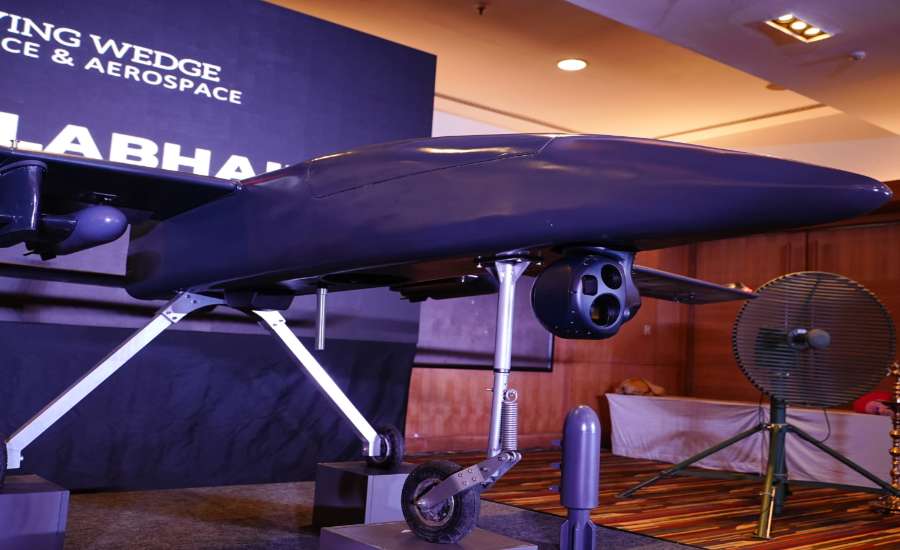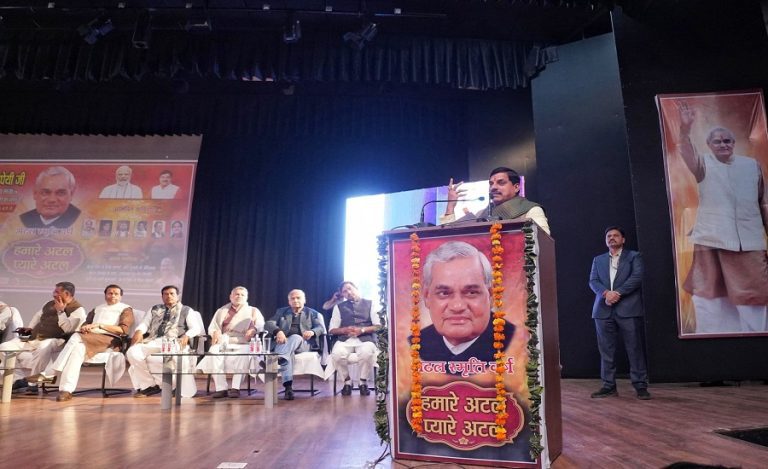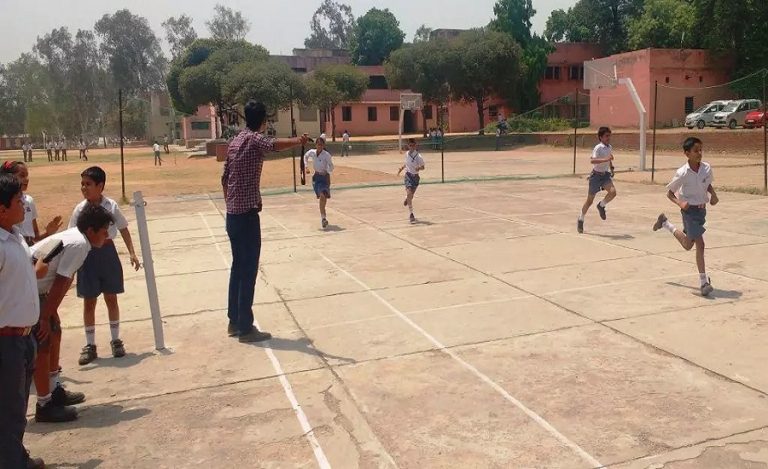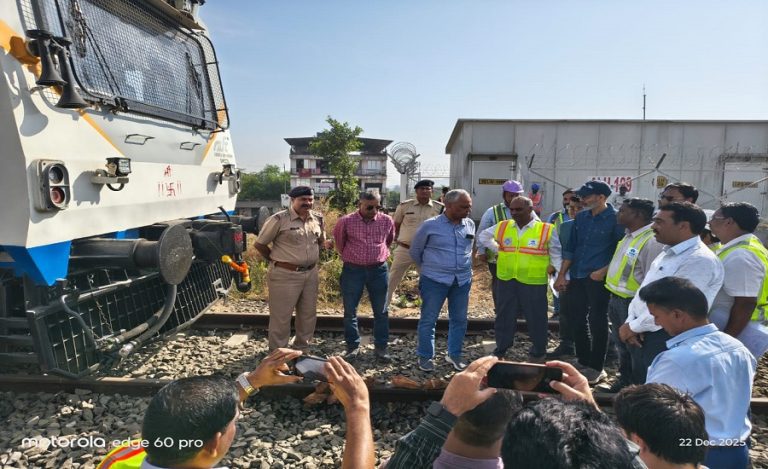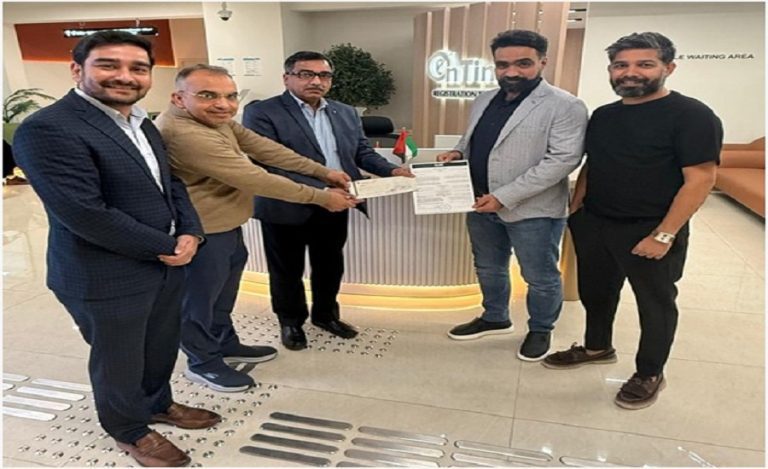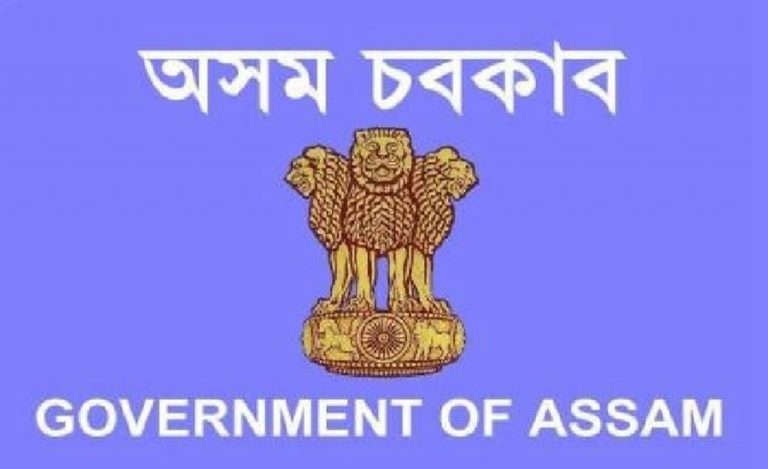Bengaluru: In a moment that quietly rewrote India’s defence narrative, the indigenous AI-powered combat drone Kaala Bhairava shocked global innovators by winning a Silver Medal at ARCA 2025 in Croatia.
This achievement signals not just a trophy on the shelf — it underlines India’s drive toward defence self-reliance (“Atmanirbhar Bharat”), innovation and a move away from heavy dependency on foreign imports.
But what exactly makes this drone so powerful—and why is this award creating renewed discussion in defence circles today? The answers reveal a turning point in India’s journey toward AI warfare, autonomy, and global military relevance.
So the Bengaluru-based company Flying Wedge Defence & Aerospace (FWDA) has won a silver medal at the 23rd ARCA International exhibition of Innovation 2025 held in Zagreb, Croatia. The award was for its cutting-edge unmanned aerial system, the Kaala Bhairava E2A2 — touted as India’s first AI-powered, Medium Altitude Long Endurance (MALE) Autonomous Combat Aircraft.
Background of Kaala Bhairava E2A2
The ARCA innovation forum brings together innovators, defence tech players and industry from across the world.
As reported: “Organised by the Croatian Union of Innovations and supported by the International Federation of Inventors’ Associations (IFIA), ARCA 2025 featured over 300 innovations from 35 countries.”
In this global arena, FWDA pitched its Kaala Bhairava E2A2 — designed and built entirely in India — against international competition. As per the reports, it can fly up to 30 hours and operate over a range of 3,000 km, aside from possessing precision-strike and swarm warfare capabilities.
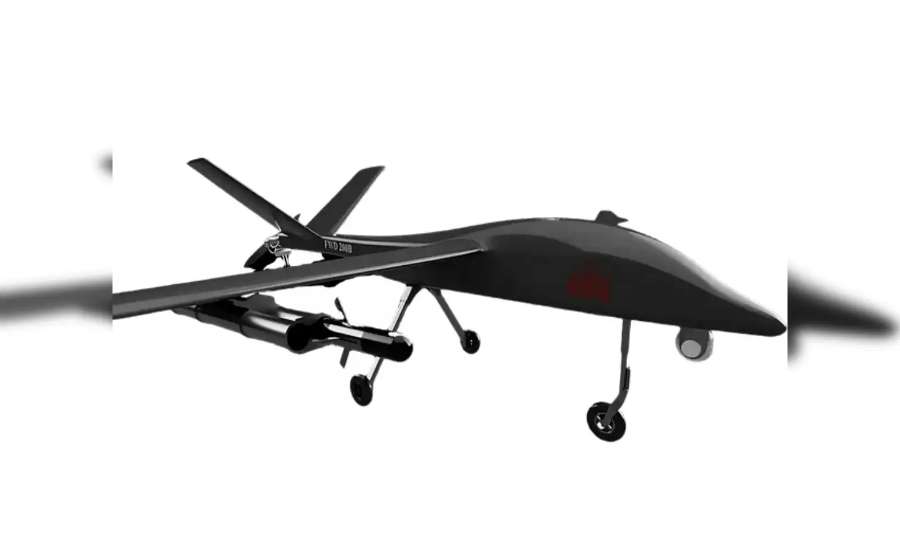
The drone’s name draws inspiration from Hindu mythology — “Kaala Bhairava” being a fierce guardian avatar of Lord Shiva — adding symbolic weight to its role as a defender of the nation.
Importance of this Achievement
Technological milestone: Having an AI-powered MALE autonomous combat aircraft built in India demonstrates a notable shift in capabilities — from buy to build.
Strategic autonomy: Dependence on foreign imports in high-end drones meant potential vulnerabilities. This domestically-designed system offers sovereign control.
Global credibility: Winning at an international innovation forum elevates India’s defence manufacturing brand, potentially opening export opportunities.
Future battlefield readiness: With features like swarm attack, long endurance, multi-sensor fusion and ISR redundancy, the Kaala Bhairava is tailored for next-gen warfare.
Key Challenges to Watch
- While the drone has won an award, moving from prototype/innovation to operational deployment involves regulatory approvals (e.g., Directorate General of Civil Aviation (DGCA) for UAVs), quality assurance, reliability in combat conditions.
- Scaling production and achieving cost parity with established global competitors will be critical.
- Indigenous build requires a dependable supply chain for components, sensors, AI algorithms; global parts markets may impose bottlenecks or dependencies.
- As autonomous systems rely heavily on AI, sensors and data links, safeguarding against jamming, spoofing or hacking remains an imperative.
- Potential export buyers will assess not just performance but service, support, after-sales, certifications and geopolitical alignment.
Key Implications
For India’s defence industry: The award signals a validation of Make-in-India and private sector potential in high-tech defence. It may encourage investment, collaborations and innovation hubs.
For strategic deterrence: With autonomous combat drone platforms, India strengthens its surveillance, strike and deterrence capabilities — crucial in regional security dynamics.
For job creation & tech ecosystem: Developing such systems internally creates opportunities across AI, aerospace, sensors, system integration and ancillary industries.
For exports: The recognition may serve as a marketing advantage; Indian defence firms could engage global markets, increasing India’s defence exports profile.
For policy & procurement: May influence government procurement to favour indigenous systems, incentivise R&D, and simplify regulatory pathways for private firms.
Way Forward
- The Kaala Bhairava must undergo rigorous field trials, integration with armed forces, and certification for mission roles.
- Move from prototype to production line, ensure cost, reliability, maintainability, logistics and upgrades.
- Continuous investment in AI algorithms, sensor fusion, autonomy, swarm intelligence, resilient communications under contested environments.
- Craft clear export roadmap — competitive pricing, service support, certifications, geopolitics— to leverage global recognition.
- Government to facilitate policy, incentives, and ease of licensing; private firms to bring agility, innovation and scale.
- Build supply-chain clusters, component manufacturing, AI labs, test ranges in India to reduce reliance on imports.
- As autonomous combat drones evolve, India must establish frameworks for AI ethics, export controls, autonomous weapon systems governance.

